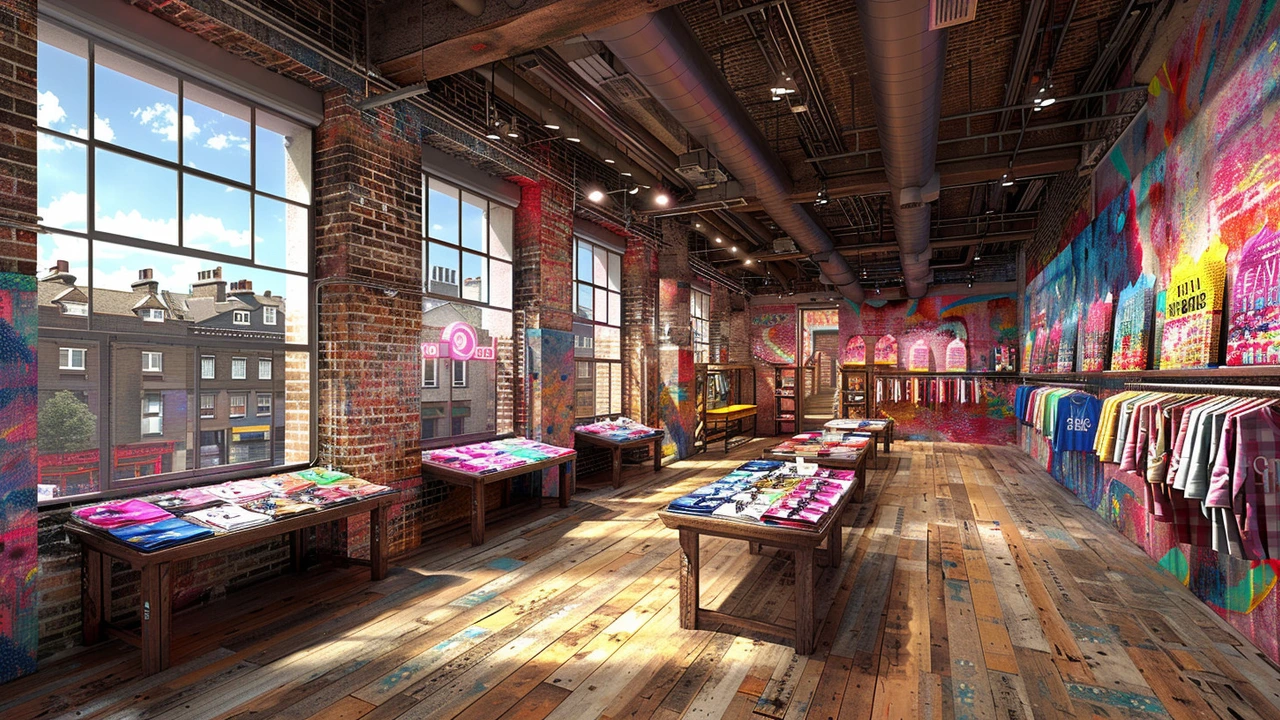Sustainable Fashion: Making Smarter Choices for Your Closet and the Planet
Ever wonder what sustainable fashion actually is? It’s more than just a buzzword. Simply put, it’s about choosing clothes that are made responsibly to reduce the harm on our planet and improve conditions for workers. Instead of fast trends that come and go, sustainable fashion focuses on quality and ethics.
So, why should you care? Because the fashion industry is one of the world’s biggest polluters, from water waste to chemical use. Plus, many workers face tough conditions. When you go sustainable, you’re voting with your wallet to support better practices that protect both people and the environment.
How to Start Building a Sustainable Wardrobe
First up, think slow. Slow fashion means buying less but choosing well. Look for brands that are transparent about how they make their clothes. Check if they use organic or recycled materials. Don’t hesitate to ask questions or do a quick search online for brand reviews.
Another easy step is to shop secondhand. Thrift stores and online resale shops often have gems that are both unique and budget-friendly. Plus, reusing garments keeps stuff out of landfills and cuts demand for new production.
Small Habits That Add Up
Caring for your clothes helps too. Washing less often and using cold water saves energy and extends the life of your items. Instead of throwing something out, try mending it. Simple fixes like sewing a button or patching a hole can dramatically stretch your wardrobe’s life.
Remember, sustainable fashion isn’t about perfection, but progress. Every smarter choice makes a difference, whether it's picking eco fabrics or simply thinking twice before your next purchase. Your closet can be stylish, kind to the planet, and kind to your wallet at the same time.

- Apr 18, 2024
- Travis Lincoln
- 0 Comments
Revolutionizing Style: How AI is Transforming the Fashion Industry
Explore how artificial intelligence is revolutionizing the fashion industry by introducing innovations like predictive analytics, personalized fashion recommendations, virtual try-ons, and sustainable production methods. AI not only enhances the customer experience but also brings significant improvements to supply chain management. This adaptation of technology is making fashion more accessible, personalized, and environmentally friendly.
